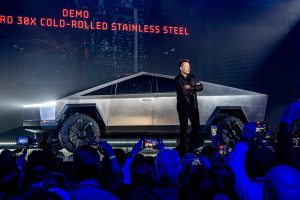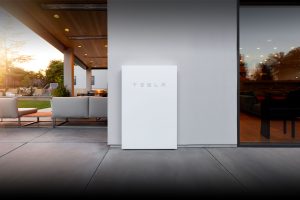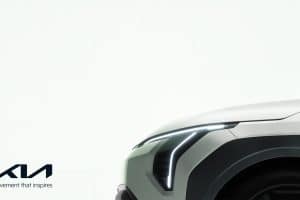- 💼 Ford is reducing its F-150 Lightning production workforce by two-thirds.
- 💰 Workers at the Rouge Electric Vehicle Center will be offered a $50,000 retirement package or reassigned.
- 🏭 700 production employees will remain on-site, while the other 1,400 may be transferred or take the retirement package.
- 🔌 Ford is struggling with EV sales but relies on gas vehicle sales for financial stability.
- 🛑 F-150 Lightning production was paused in February for a quality review.
- 🔋 Battery technology is cited as a main obstacle to increased purchasing of EVs.
- 💡 Ford’s CFO acknowledges the need to match capacity with demand in the EV market.
In the ever-evolving landscape of electric vehicles (EVs), automotive giants like Ford are at the forefront, striving to strike a balance between innovation, production efficiency, and market demand. Recently, Ford’s decision to reduce its F-150 Lightning production workforce by two-thirds has sparked discussions and raised questions about the company’s strategy and the broader EV market dynamics.
Understanding the Workforce Reduction
Ford’s move to cut its F-150 Lightning production workforce by such a significant margin is a strategic response to the challenges it faces in the EV market. Here’s a breakdown of the key points:
- Magnitude of Reduction: The decision entails a substantial reduction, affecting approximately two-thirds of the workforce involved in F-150 Lightning production.
- Retirement Package Offer: Workers at the Rouge Electric Vehicle Center, where the F-150 Lightning is produced, have been offered a $50,000 retirement package or the option of being reassigned.
- Impact on Remaining Workforce: While 700 production employees will continue their work on-site, the fate of the remaining 1,400 workers hangs in the balance, with possibilities of either transfer or retirement.
Unpacking the Motives Behind the Move
Ford’s decision reflects several underlying factors shaping the company’s EV journey:
- EV Sales Struggles: Despite the growing popularity of EVs, Ford is encountering challenges in driving sales of its electric models. This struggle contrasts with the stability provided by sales of its gas-powered vehicles.
- Quality Control Concerns: The temporary pause in F-150 Lightning production in February for a quality review underscores Ford’s commitment to delivering high-quality electric vehicles. This pause indicates the company’s dedication to ensuring customer satisfaction and building trust in its EV offerings.
- Technological Hurdles: Battery technology emerges as a critical bottleneck hindering the widespread adoption of EVs. Ford’s acknowledgment of this challenge highlights the complex technological landscape that automakers navigate as they strive to meet consumer expectations for performance, range, and affordability.
Navigating the Road Ahead
Ford’s approach to addressing these challenges offers valuable insights for both industry insiders and enthusiasts:
- Strategic Adjustments: Ford’s CFO’s acknowledgment of the need to align capacity with demand underscores the importance of strategic planning and adaptability in the rapidly evolving EV market.
- Innovation Imperative: Overcoming technological barriers demands sustained investment in research and development. Collaborations with battery manufacturers and advancements in battery technology will be pivotal in driving the next phase of EV growth.
- Market Realities: While the shift towards electrification is inevitable, it’s essential to recognize the coexistence of gas-powered and electric vehicles in the near term. Ford’s reliance on gas vehicle sales highlights the transitional nature of the automotive industry’s journey towards electrification.
Conclusion: Embracing Evolution in Automotive Manufacturing
Ford’s workforce reduction in F-150 Lightning production serves as a poignant reminder of the complexities inherent in the transition to electric mobility. By addressing challenges head-on and making strategic adjustments, Ford exemplifies the resilience and adaptability required to thrive in an ever-changing automotive landscape.





